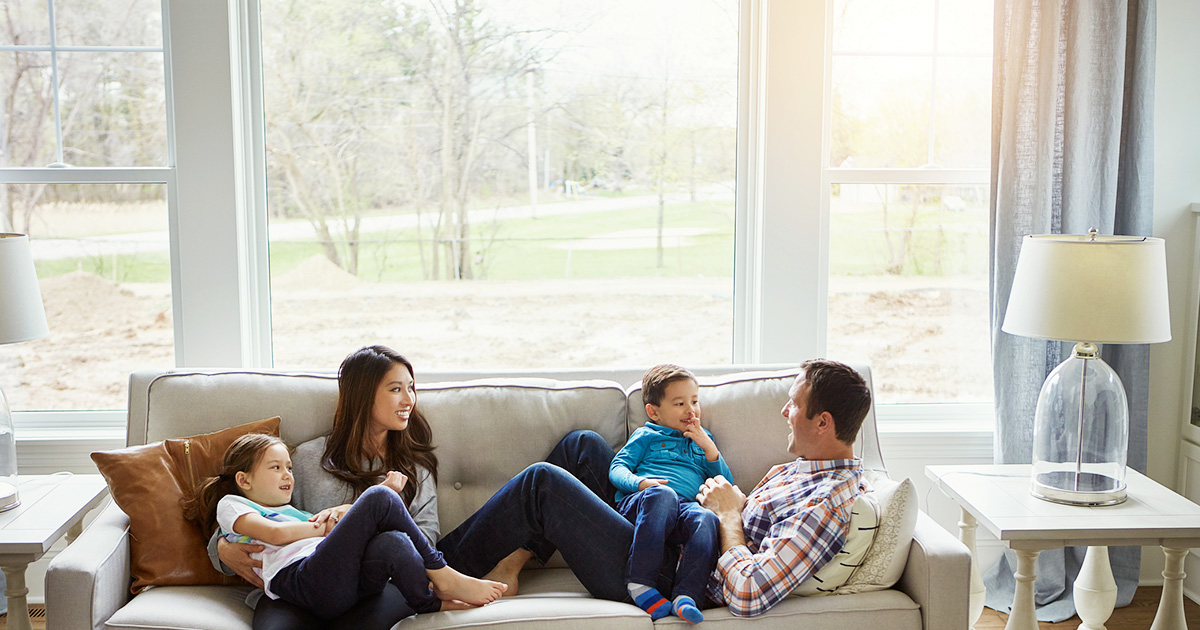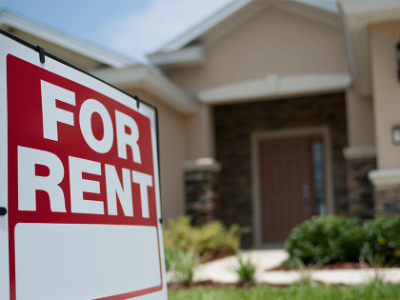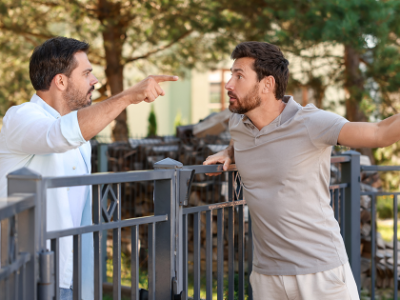Whether you’ve already closed on your new place or you’re in the “trying to figure out how much I can afford” stage of buying a home, you’ll want to take some time to consider the “hidden” costs of homeownership — those expenses that go beyond the closing costs, mortgage, property taxes and insurance. Here are 10 hidden costs to be aware of:
1. Lawn care
That huge backyard you fell in love with when you first saw your new house? It’s going to be all yours to mow, water and weed. Homeadvisor.com found that the average annual cost of mowing/maintaining a lawn and removing leaves is $450. That doesn’t include any landscaping, caring for trees, shrubs and weeds, installing sod or using a sprinkler system.
2. Furniture and decorations
This could be a large expense if you’re moving from a smaller place to something with more rooms. Even if you’re downsizing, the temptation to buy new stuff is going to be strong. Consider creating a budget for furnishings and décor so expenses don’t add up faster than you realize.
3. Exterior maintenance and upkeep
Who thinks about things like gutters when they’re buying a house? But that’s something you’ll want to clean at least twice a year. You’ll also need to keep an eye out for peeling paint or loose siding that will need to be repaired or replaced. And don’t forget your driveway and sidewalks — little cracks can turn into major issues or foreshadow serious structural damage.
4. Disaster- and weather-related repairs.
You can’t plan for things like flooding or hail damage, but you should be aware that these things could damage your roof, siding, basement, etc. depending on where your home is located. Doublecheck what’s covered by your homeowners insurance policy and make sure you have an emergency savings fund that could go toward unexpected repairs.
5. Furnace and air conditioner problems
Costs of HVAC problems will vary based on the age of the furnace and air conditioner you have, so find this out during your inspection and then you can determine how soon you may need to replace either.
6. Plumbing issues
Water heaters, sump pumps and septic tanks can pose huge costs to homeowners — not to mention smaller plumbing issues that you may or may not be able to handle on your own, depending on how handy you are with clogged pipes or toilets.
7. Pest control
In an average year, 84% of homeowners deal with a pest problem — ants, spiders, mice and wasps are some of the most common pests. Termites are also a huge concern that can cause major structural damage to a home. Dealing with pests can be expensive, but preventing pest infestation also involves some costs too, like sealing all entry points to your home (doors, windows, garage doors) regularly, making sure screens on windows are repaired, and keeping branches and bushes away from your home.
8. General repairs
Other issues that commonly pop up unexpectedly include electrical issues and faulty appliances. (Has anyone ever owned a washer and dryer that doesn’t act up at least once every now and then?) Plus there’s general upkeep like replacing your filters and sealing windows.
9. Cleaning
Not only does cleaning a home take a lot more time than cleaning an apartment, it also take a lot more cleaning supplies – which cost money. Plus when you own your own place, you’re responsible for things like cleaning the carpets, floorboards and walls – there’s no landlord to do the work or foot the bill.
10. Neighbor issues
We’re sure your new neighborhood is great, but keep in mind that 42% of Americans say they’ve had a dispute with their neighbor. Pets, kids, noise, appearances — these can all cause problems, but one of the most common disputes that can quickly turn into an expense is a property boundary dispute.
Maybe your neighbor put up a fence that intrudes onto your property or cut down a tree in your yard. Unless you can keep it friendly, many of these disputes can land you in court paying hundreds of dollars an hour in attorney fees.
While many of these can be hard to budget for because they are unexpected expenses, you’ll still want to make sure you have a substantial emergency savings fund that can handle things that pop up. And you can budget for some of the regular maintenance costs — experts say that you should expect to spend approximately one percent of your home’s value every year on repairs and general maintenance.



